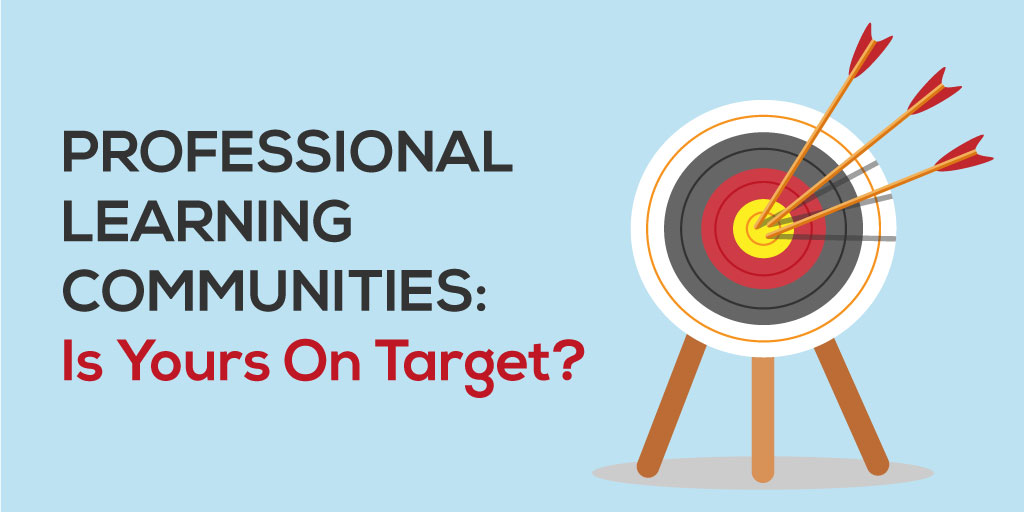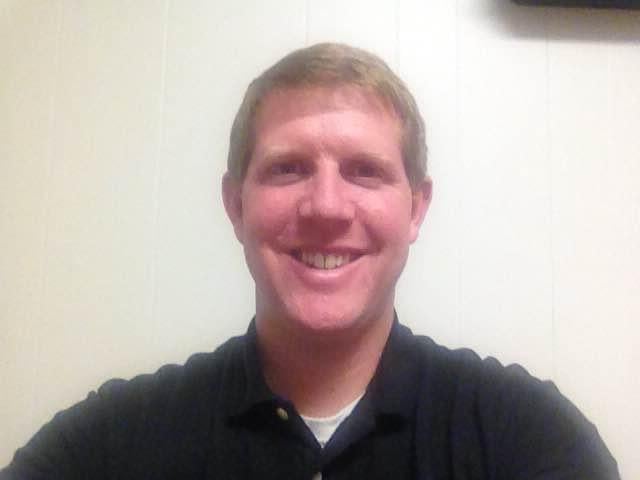
Archery is a unique and popular sport in our school district. We have high numbers of students who participate in archery every year at both the state and national level. Archery has a lot of similarities to professional learning communities (PLCs)—stick with me and I think you will see the connection.
There is a clear target that we are aiming for. We have tools in our hands that can help us to hit the target. Some tools are better than others, but a gifted artisan can do a great deal with any tools they handle. Small adjustments at the start of the process yield major impacts (both good and bad) when the target is reached (or missed). What that means is a tiny adjustment to an arrow or bow when shooting causes a big change in the outcome. Getting the arrow started in the right direction makes a huge difference in the success of the shot.
PLCs are the same way. It’s vital to get the learning community set up correctly, clearly aimed in the right direction, and adjusted to maintain accuracy. Even if PLCs are already in place, it is important to monitor their effectiveness and make sure they start off the right way each school year. New staff will be joining the team and will become part of the PLC, so an annual reflection is important.
Here are some ideas for getting them started at the beginning of the year:
- Vision and Purpose: If this isn’t in place, it needs to be. But even if it is, it needs to be reviewed. I have found that it takes a while for teachers to be able to recall and understand the vision of a district—unless they were part of creating that vision. Every member of the PLC should be able to articulate why the district allocates time to PLCs.
- Setting Norms: Group norms are important to review and rewrite every year. As mentioned before, new staff will join the teams each year, so the entire team needs to have a collective understanding of how the group will interact when they meet. Here are a few things that all norms should have: guidelines for how team members will treat each other, specifics about the agenda and planning process for PLC time, a process for how decisions are made, and some guidelines for how progress will be tracked or reported (minutes of the meeting).
- Focusing on Outputs and Productivity: PLCs need to be productive and “do things.” This may sound funny, but there are many meetings full of discussion and void of action. Discussing agenda items is important, but at the end of every meeting, there should be an “output” or a plan for the next step. These active tasks help the team to move forward. At the start of the year, the PLC won’t know what all their outputs will be for that year, but they can have a plan for how they will organize them and agree to them. It is important for the team that work is evenly distributed and the workload is shared, so discussing this early helps to work through this.
- Putting Ideas on the Table/Group Think: One recent concept that came across my desk made a big impact on my view of PLCs. The book Wiser: Getting Beyond Groupthink to Make Groups Smarter is worth a read for principals, curriculum directors, and district leaders. The author discusses some of the pitfalls of group conversations and actions. As I researched this, I found that teams that have been working together for longer periods of time may have more challenge with this. To work smarter, teams should have a process in place for how they are going to share ideas with the team. Too often, the first idea or the simplest idea is the one the team gravitates toward. These aren’t always the best ideas, but groups feel “productive” when selecting them.
- Growing as a PLC: It is important for anyone who wants to improve to set goals. As a PLC, goals should also be set. How will the team learn this year? What will they learn about? What will they accomplish when they complete the learning? Teams should write the goals and revisit them throughout the year to make sure they are maintaining progress.
- Reviewing the Data: The team should know what data they are collecting (common assessments) and when they are collecting it. Again, even if the process is already in place, it needs to be reviewed every year.
Professional learning communities have a positive impact on school culture and student learning. And as we set up with our bow and arrow at the start of the year aiming at the target of student achievement, we should check all areas of our PLCs to make sure we are aimed in the right direction.
Want to be part of a global educator community? Check out MimioConnect, an online community where you can access interactive lessons, training, and advice from expert educators. Watch this quick video to learn more.



